Most pumpkins have a sprawling habit so they need space to grow, we suggest planting pumpkins at one end of your patch so they can grow outwards.
If you want to keep the plant more contained, gently lift the stems before they set roots and redirect them into the area that you want. Along the bottom of your fence line is a great spot.
For small gardens, opt for varieties such as Pumpkin Small Sugar and Pumpkin Golden Nugget that have a smaller footprint.
Planting Pumpkins
When growing pumpkins, support the fruit on top of a piece of tile. This is useful in wetter seasons if you don’t want the fruits to rot. Keep the soil constantly moist by watering around the plants, not over them. This should help discourage mildew that often springs up on these crops.
Make sure to pinch out the tips of the main shoots when they are 60cm long to encourage branching.
Nutrient Requirements
Cucurbits are hungry crops and require plenty of food to thrive. If starting the seedlings in pots make sure you feed the young plants weekly with a liquid fertiliser so they have the best start to life, otherwise, the leaves will show signs of deficiency quite quickly.
Ensure you improve your garden soil with a mixture of compost and well-rotted manure before planting, incorporating it well and removing weeds as you go. A soil pH of around 6.0 to 7.5 is ideal for these types of crops.
Throughout the growing season, top dress your crops every 6 weeks or so with a slow-release organic feed. Pelletised poultry manures formulated with trace elements are great and should keep the crop well-fed, too. It can also be helpful to apply a potassium-rich feed around the fruiting period, which promotes fruit development. Apply this fortnightly in a liquid solution around your plants.

 How To Grow Pumpkins
How To Grow Pumpkins

 Soil Preparation
Soil Preparation

 When to Sow Pumpkin Seeds
When to Sow Pumpkin Seeds

 How to Plant Pumpkin Seeds
How to Plant Pumpkin Seeds

 When to Harvest Pumpkins
When to Harvest Pumpkins

 How to Grow
How to Grow
 Soil Preparation
Soil Preparation
 Sowing
Sowing
 Planting
Planting
 Harvesting
Harvesting













































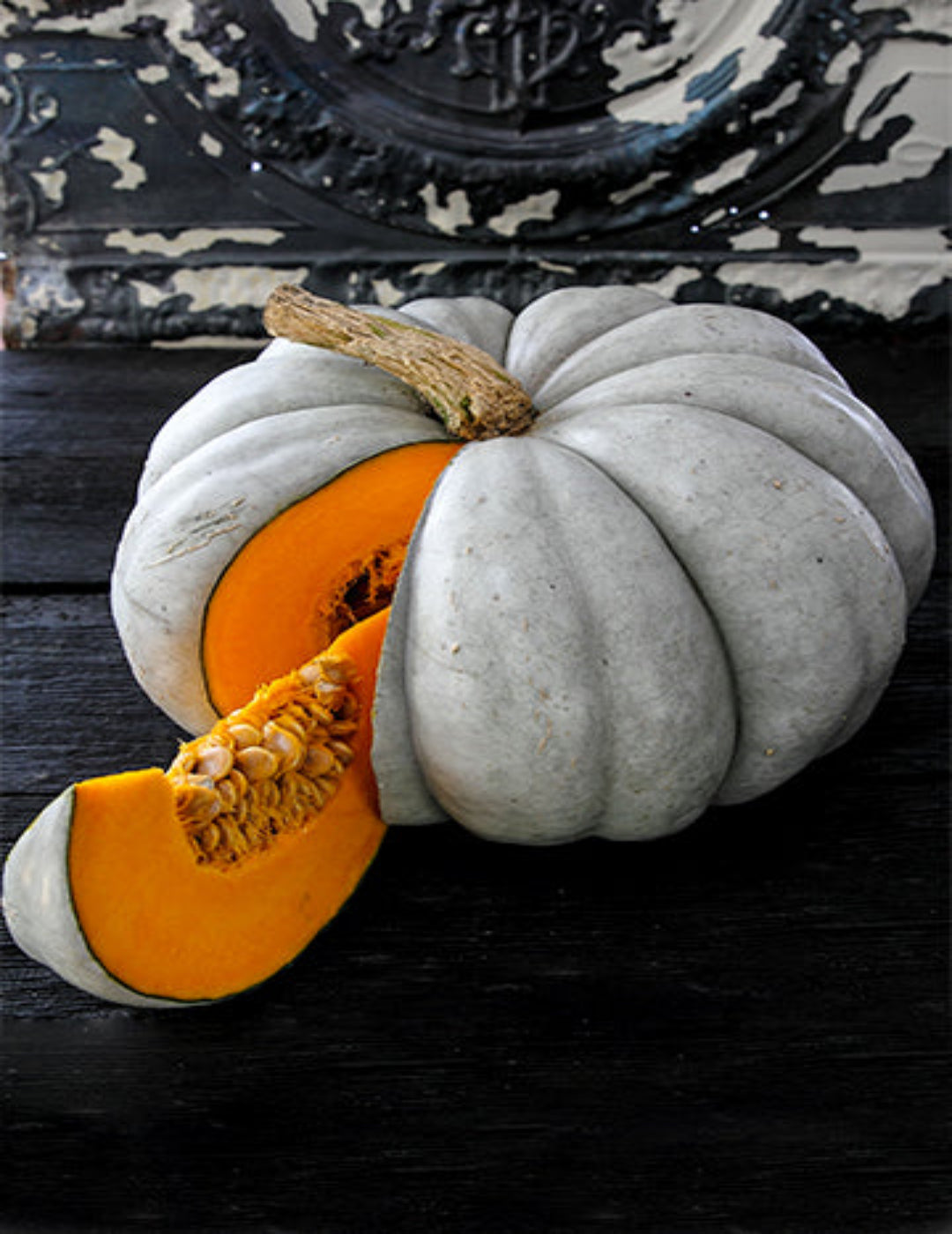
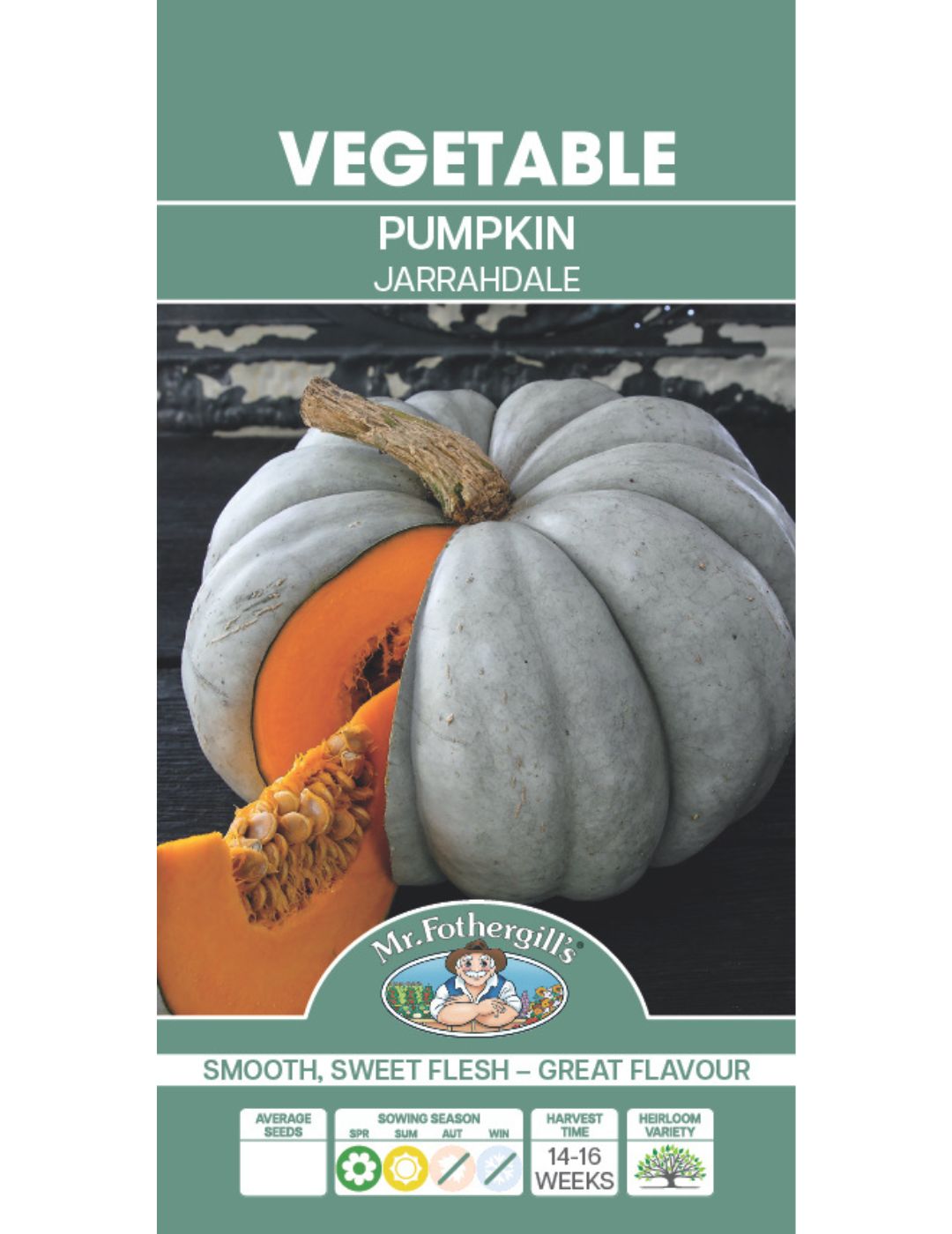
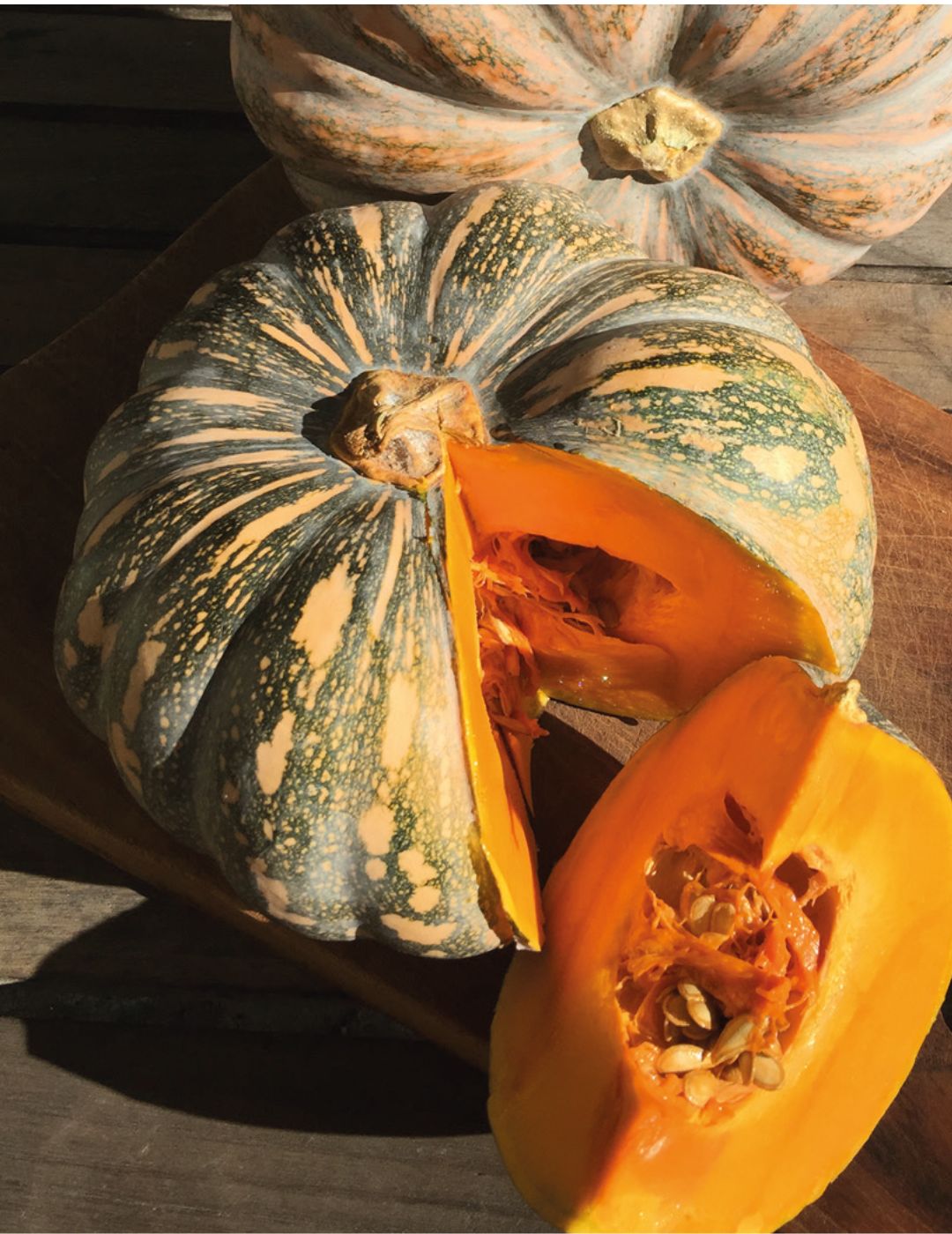
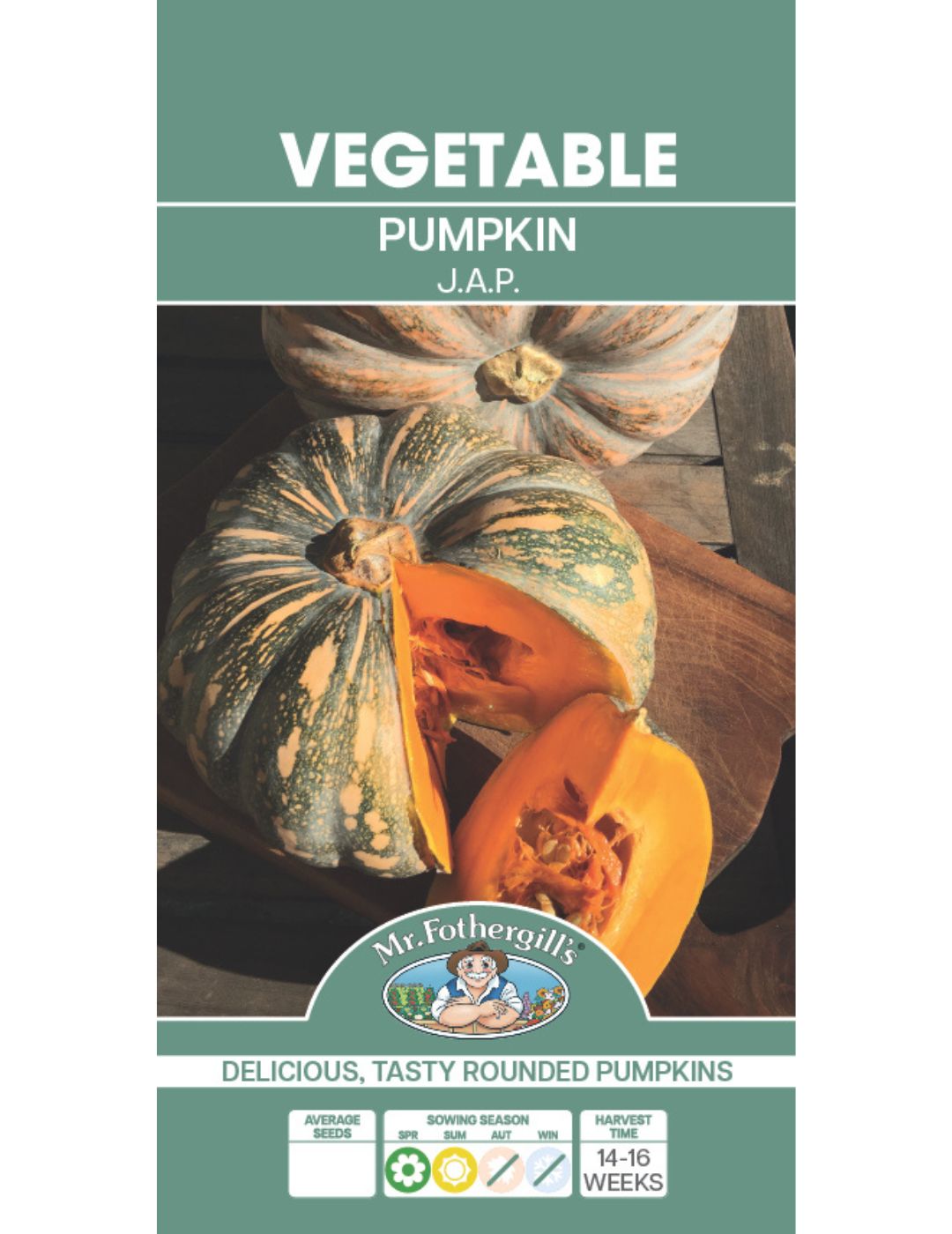
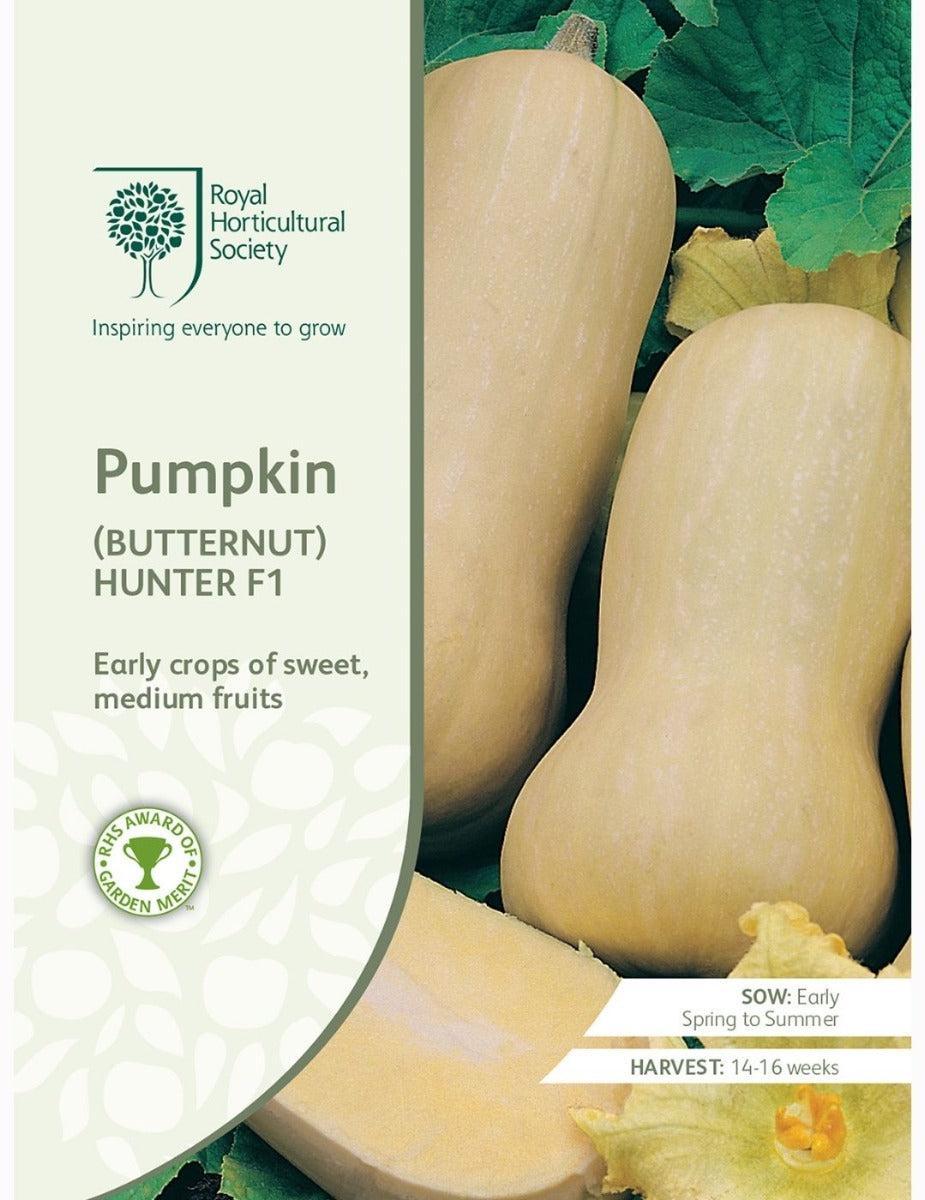
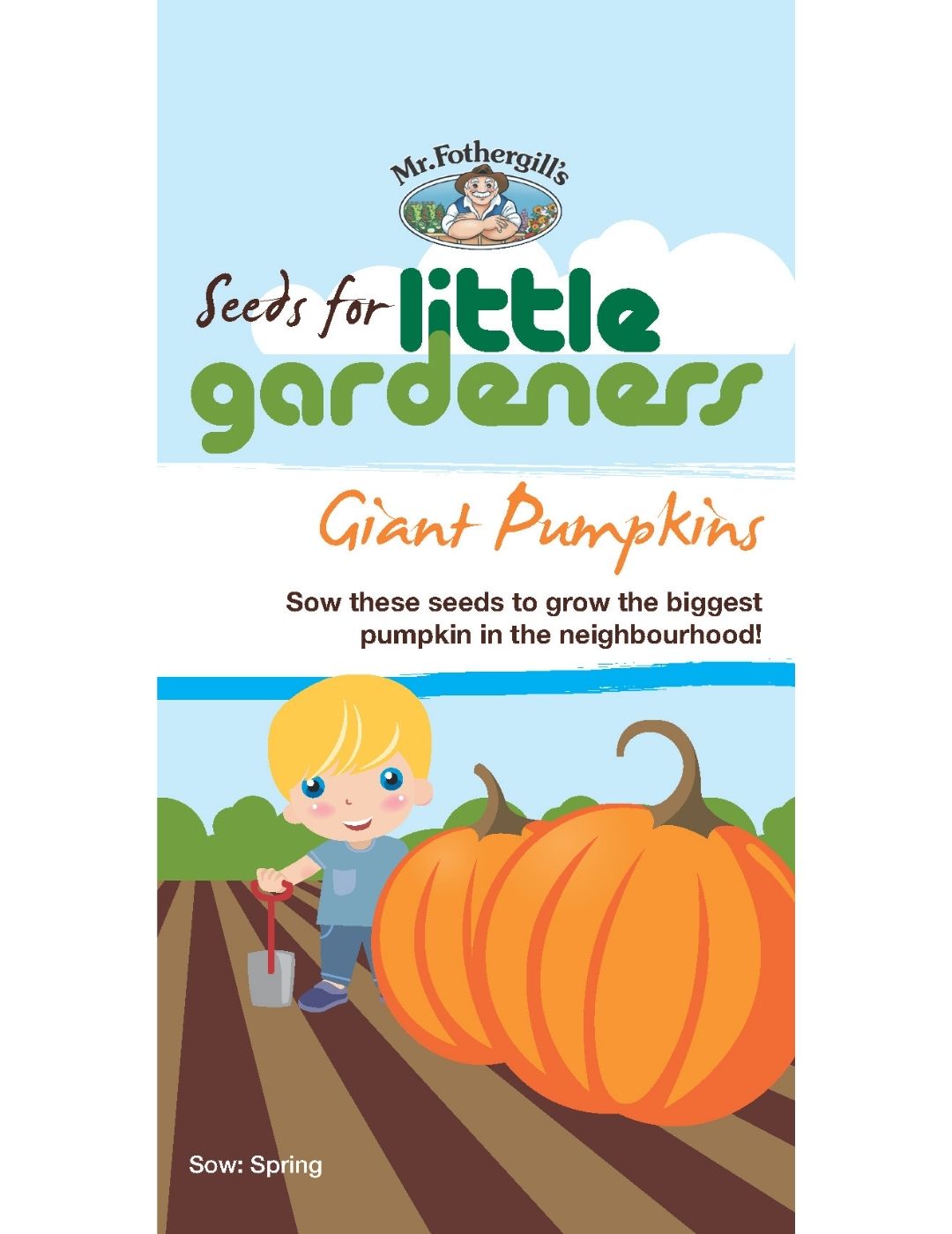
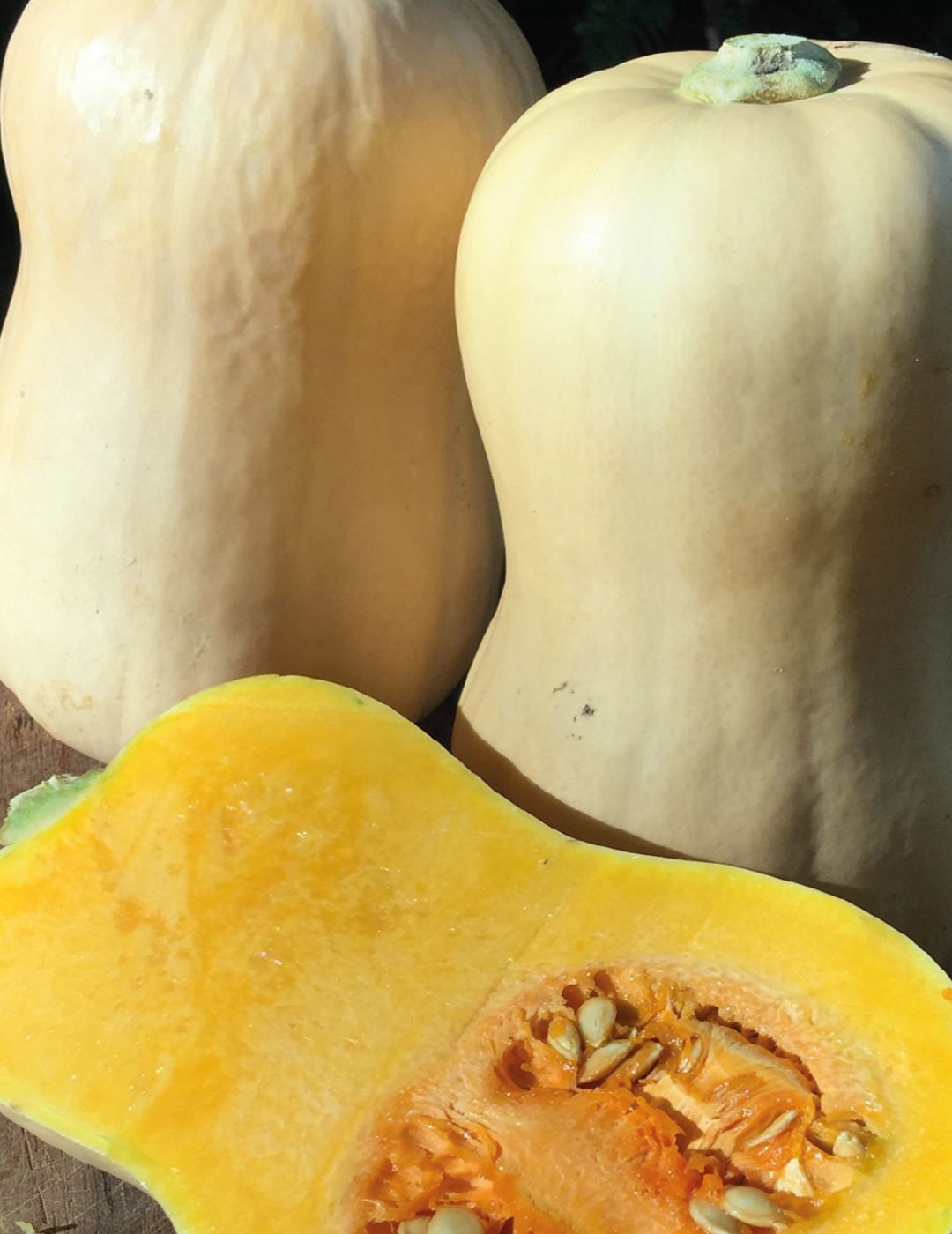
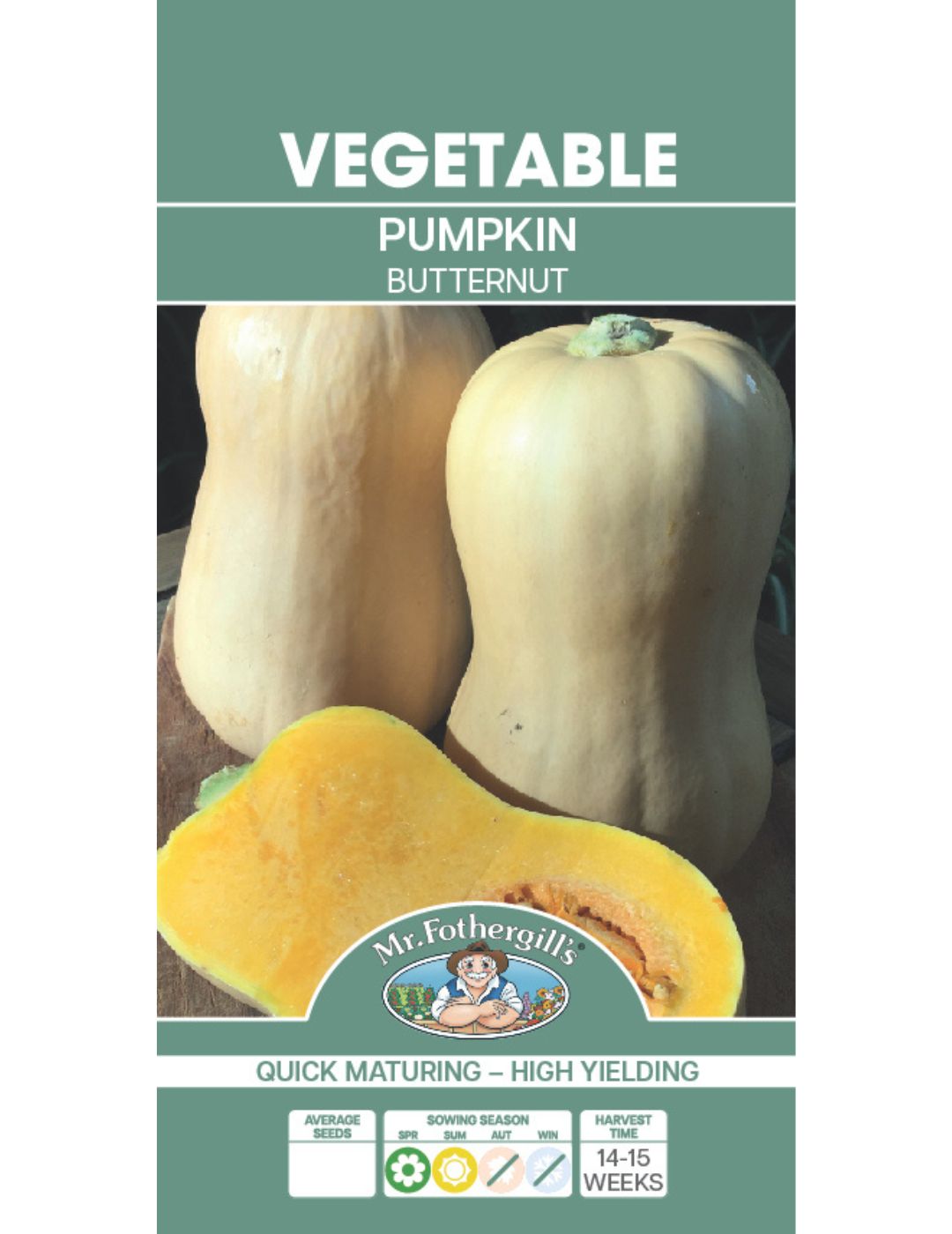
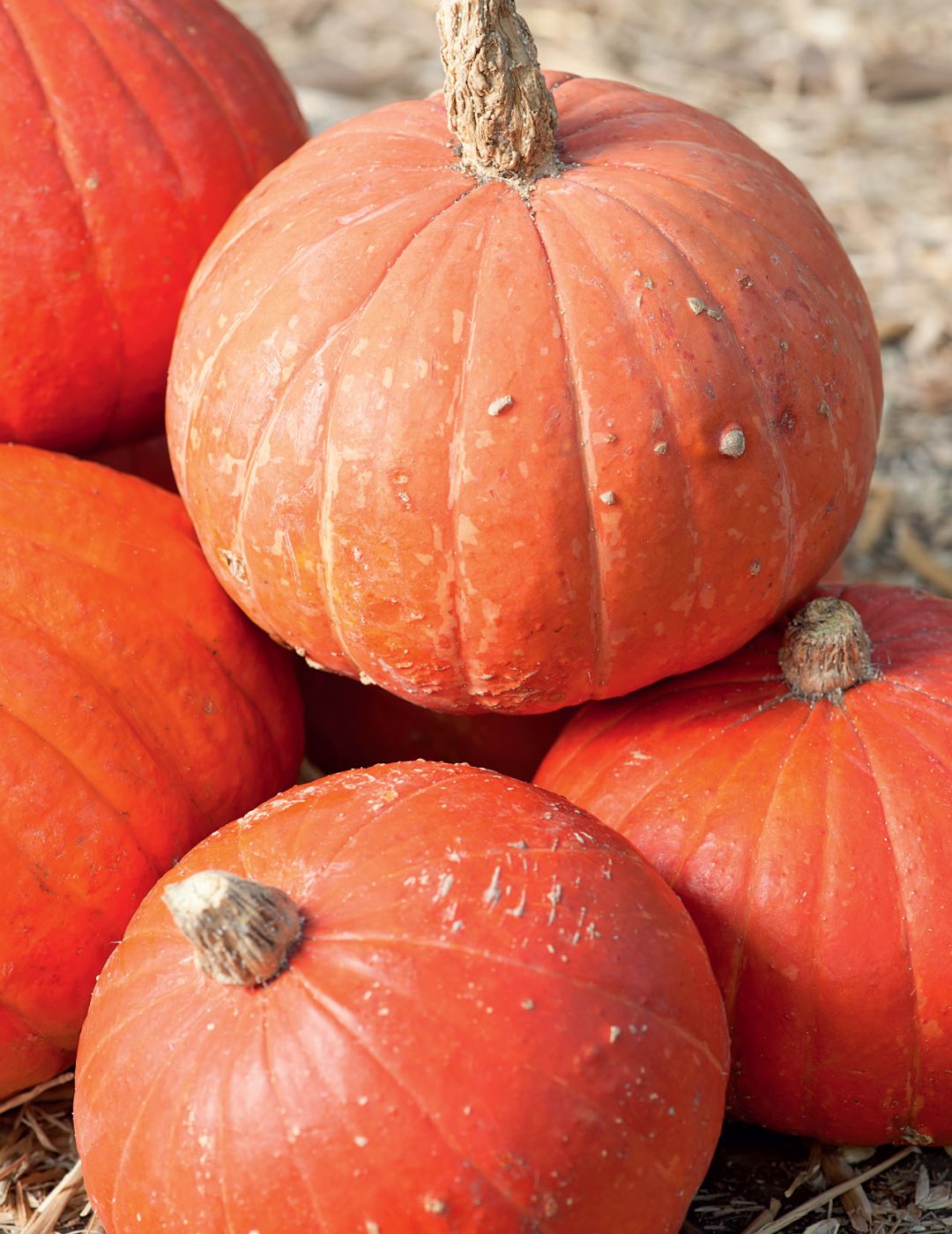
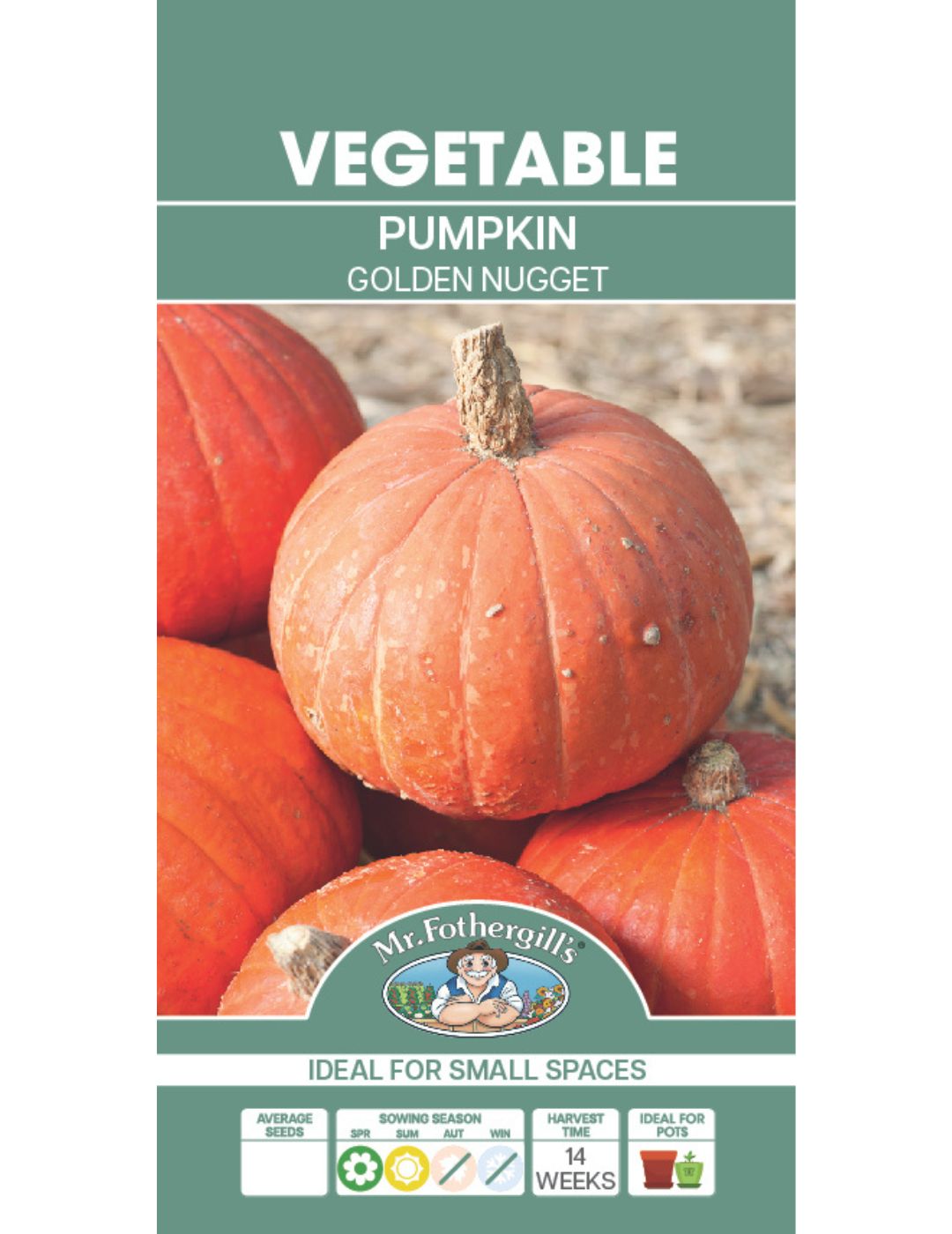
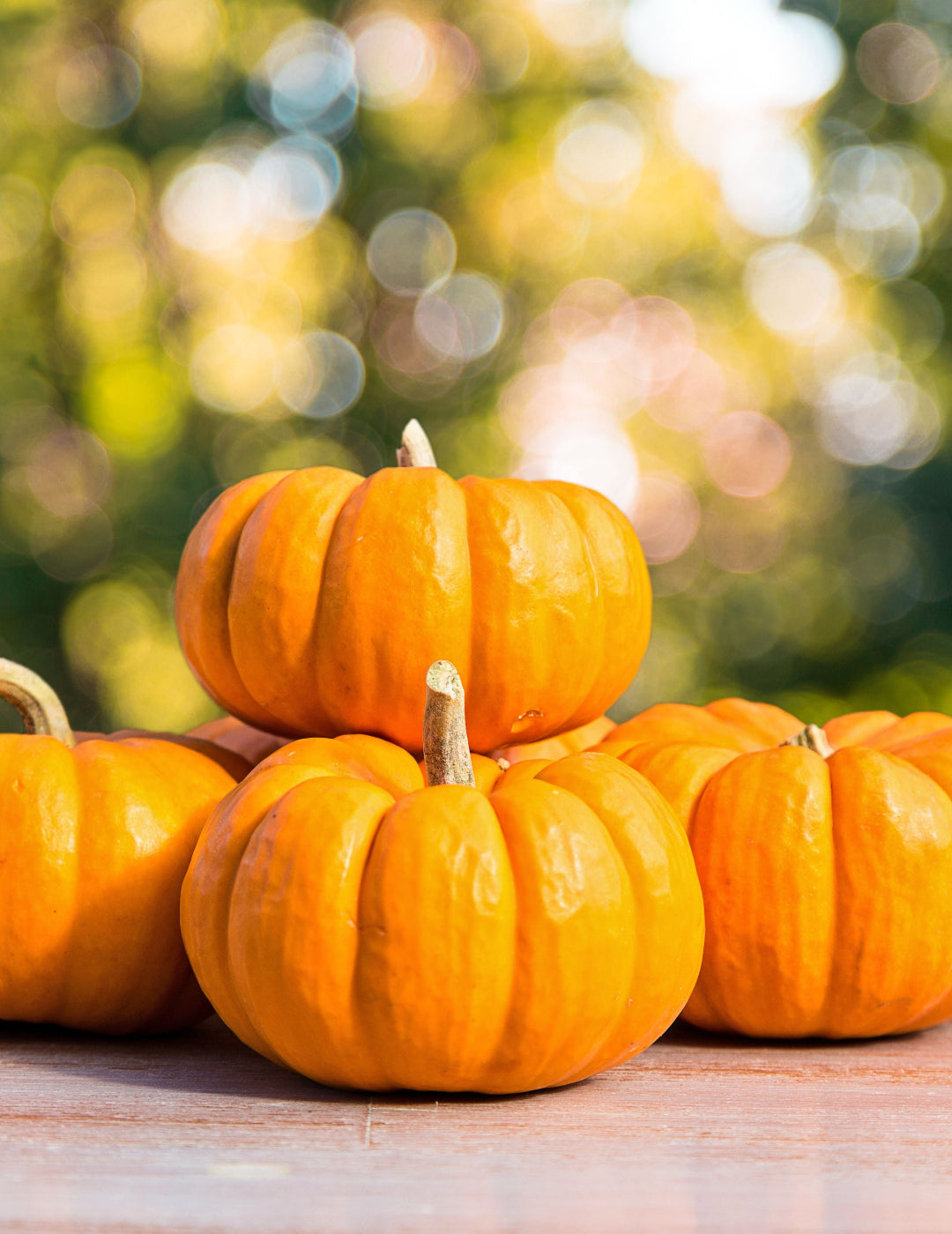
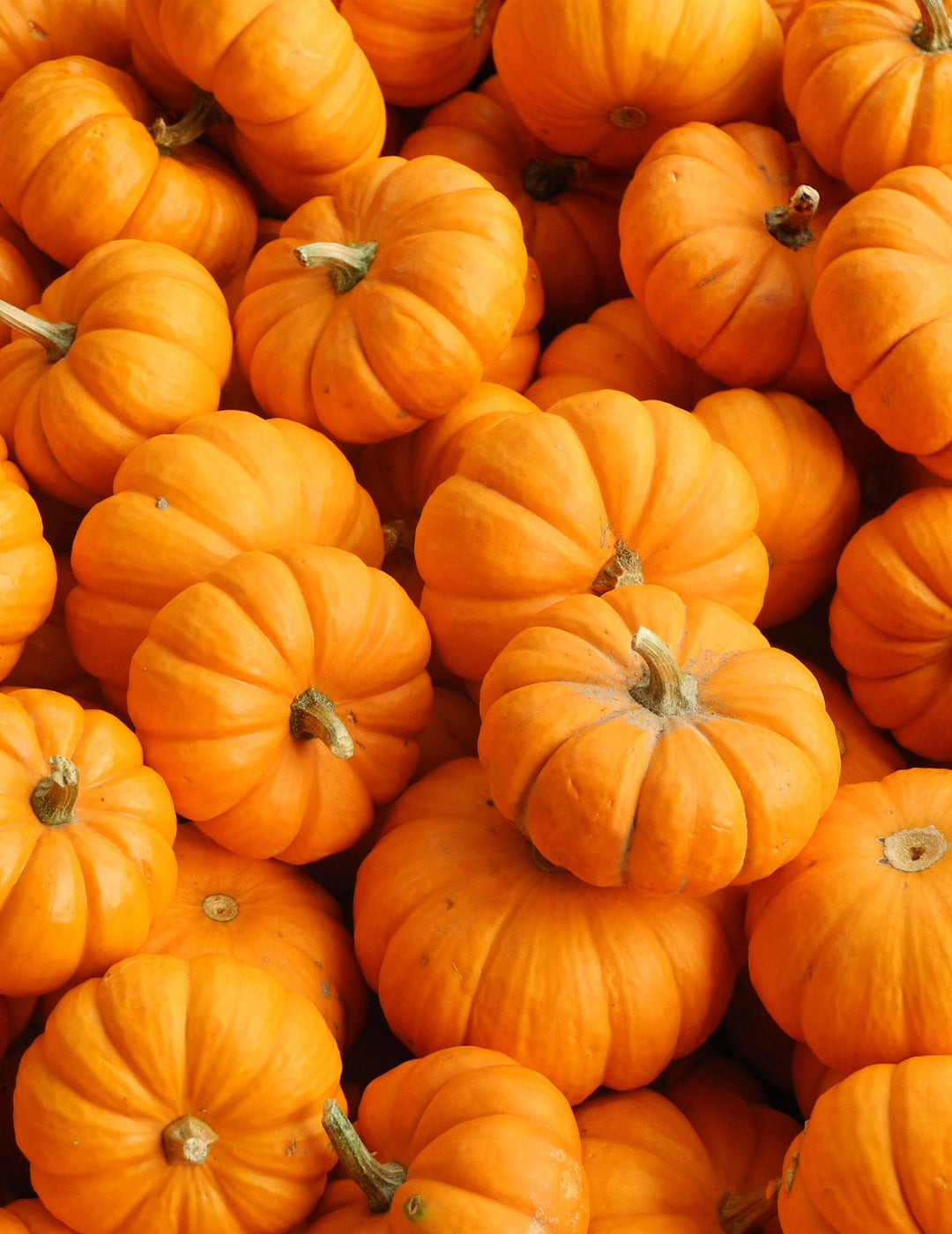
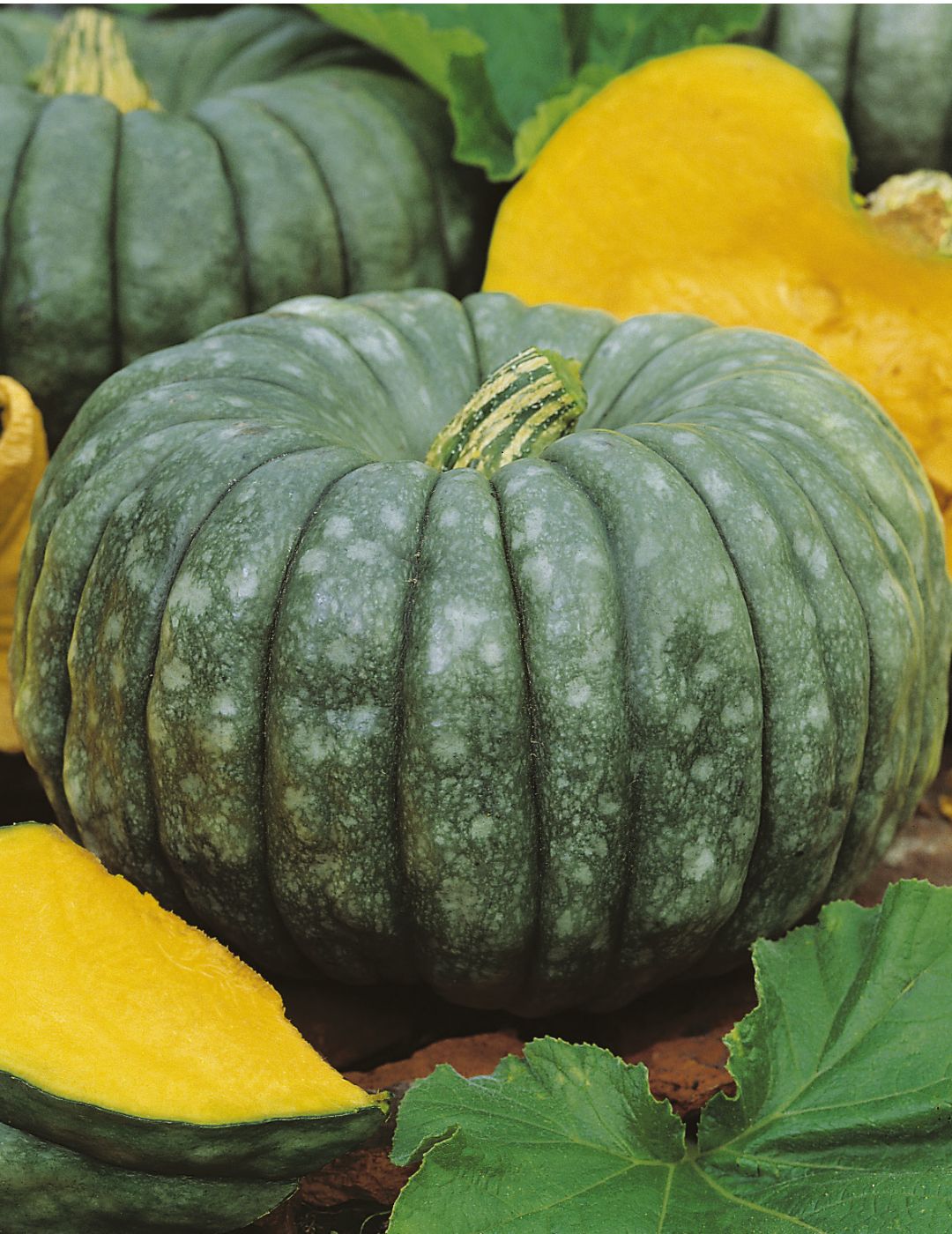
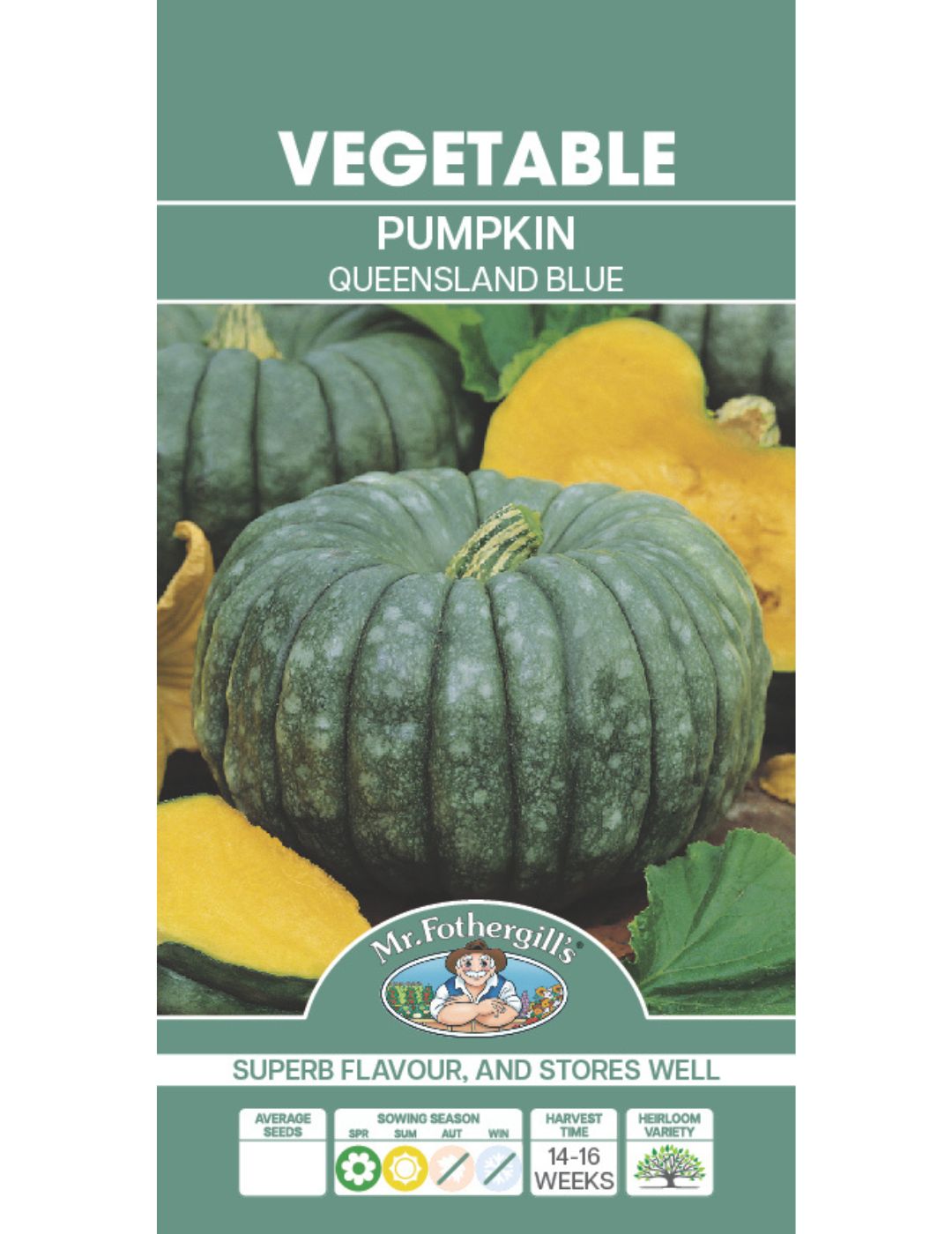
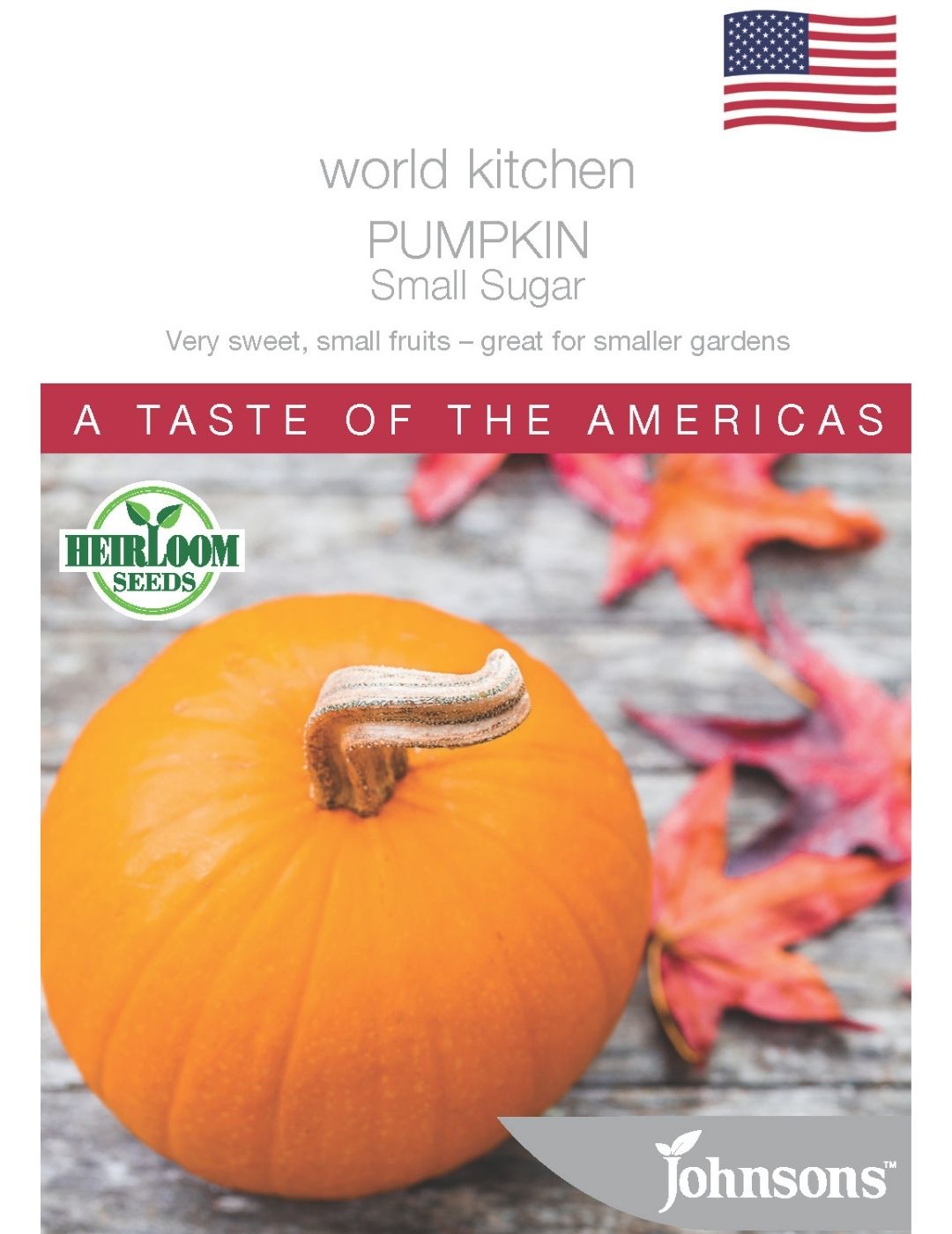
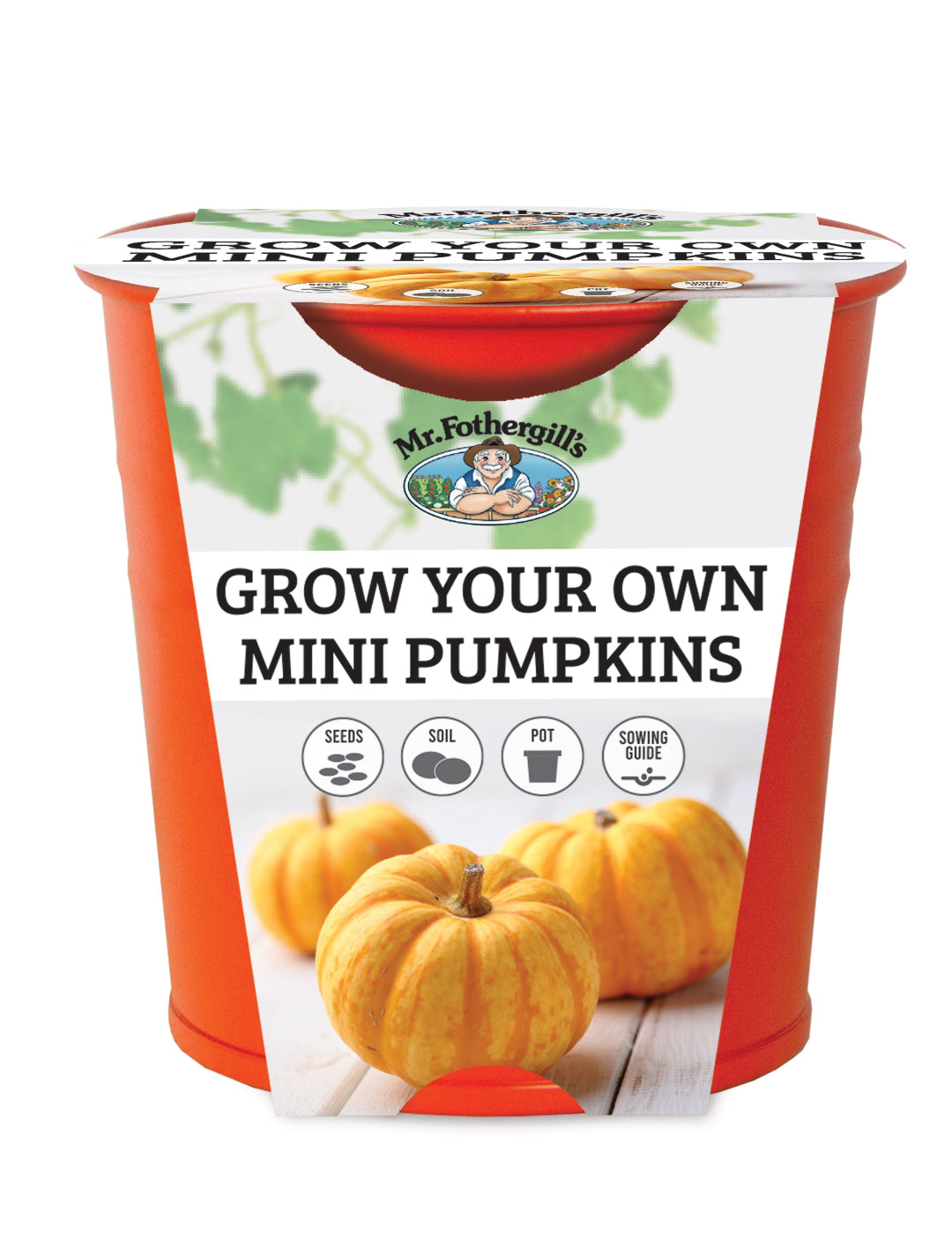
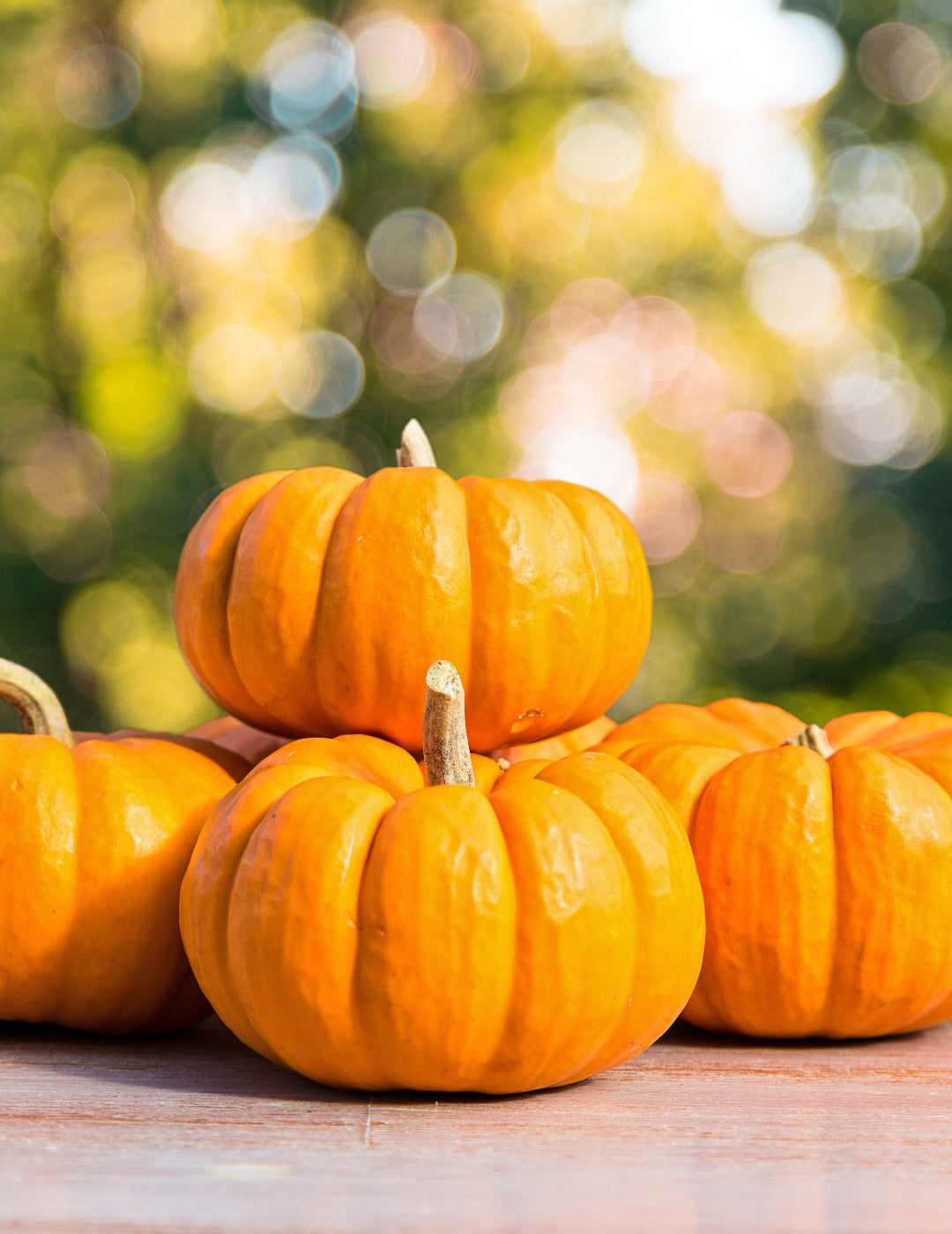





Leave a comment
All comments are moderated before being published.
This site is protected by hCaptcha and the hCaptcha Privacy Policy and Terms of Service apply.